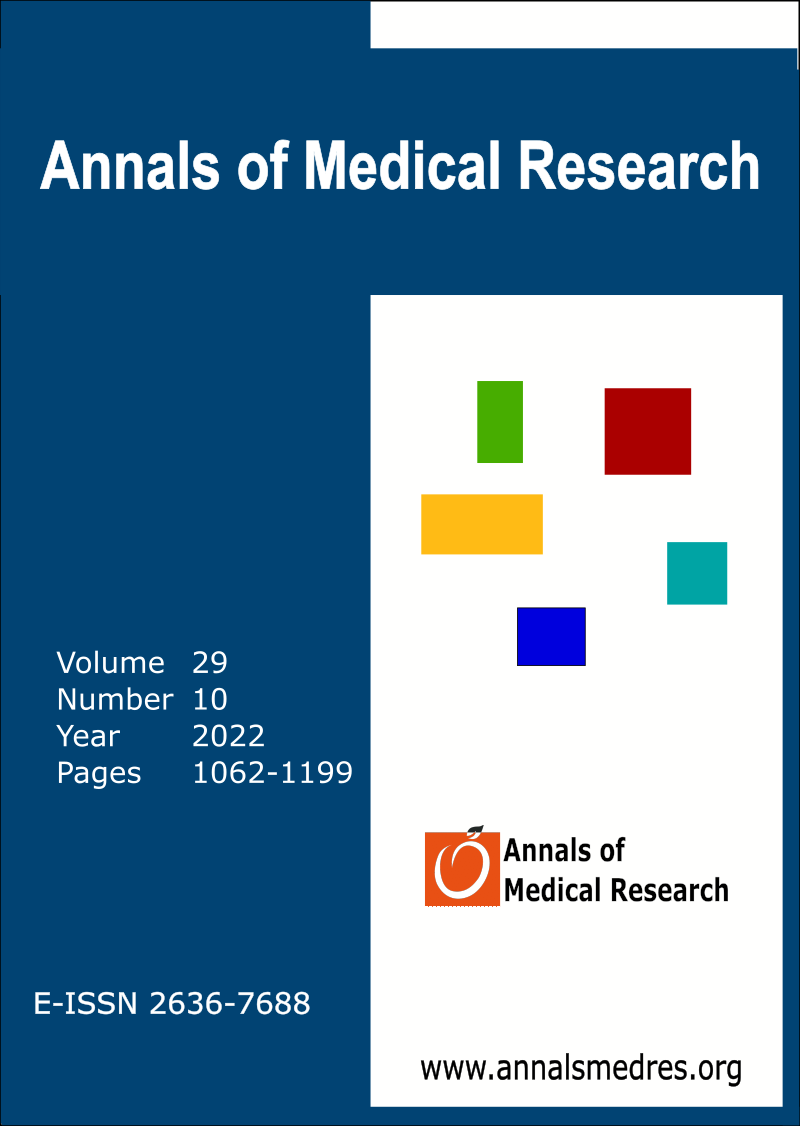The flexural strength of acrylic resin repairs reinforced with different nanoparticles
Keywords:
3-point flexural test, Denture fracture, Nanoparticles, Auto-polymerized acrylic resinAbstract
Aim: The purpose of this study is to assess the flexural strength of heat-cure acrylic resins repaired with auto-polymerized acrylic resins modified with 1%, 3% TiO2, Fe2O3, CuO nanoparticles.
Materials and Methods: Fifty-six samples (65x10x2.5 mm) were prepared with heat-cure acrylic resins and divided into 7 groups (8 samples each) to make repair procedure: Specimens were repaired with unmodified (control group) and 1%, 3% TiO2, Fe2O3, CuO added auto-polymerized acrylic resins. For 3-point flexural test, the force was loaded at 5 mm/min crosshead speed directly to the middle part of the repaired acrylic resin with a Universal Testing Machine. Data were analyzed statistically by ANOVA followed by Tukey test (p < 0.05).
Results: Control group showed lower strength values than the other groups. 1% TiO2 nanoparticle added group showed significantly higher flexural strength values than 3% added groups and control group (p < 0.05). The highest strength value was measured in 1% TiO2 group.
Conclusion: Acrylic resins reinforced with 1% TiO2 developed higher strength than resins reinforced with 3 % TiO2, Fe2O3, CuO nanoparticles. Adding 1% nanoparticles to resins could improve the fracture strength of materials.
Downloads
Published
Issue
Section
License
Copyright (c) 2022 The author(s)

This work is licensed under a Creative Commons Attribution-NonCommercial-NoDerivatives 4.0 International License.
CC Attribution-NonCommercial-NoDerivatives 4.0






